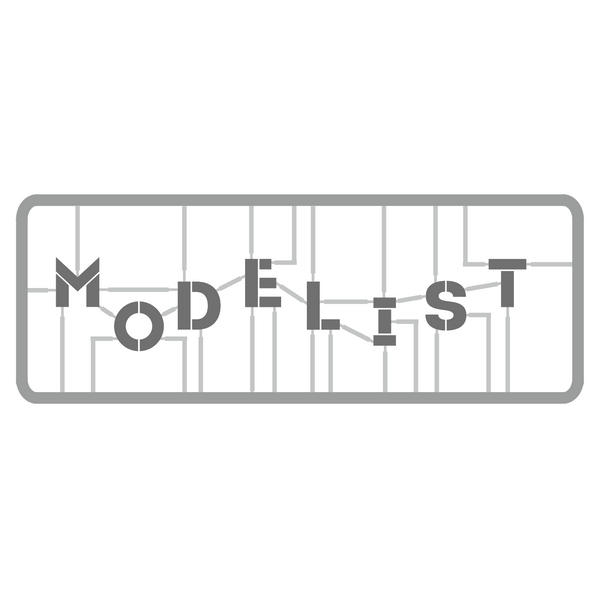What's on my desk? Part 54.
Share
Hi!
Let's just jump straight in this week.
The Fram has seen some steady progress. The hull has been planked, filled and sanded. I'm now working on the second planking.
A ship's hull is curved in multiple dimensions. Working with straight planks, you'll have to leave gaps and use fillets to properly close it. More experienced model ship builders cut and bend their planks to avoid gaps as much as possible, but I'm a beginner so I just followed OcCre's instructions and video guides. They tell you to lay planks in sequence, starting both at top and bottom and working towards the middle. Eventually you end up with something like this (note the amount of bent nails that show my hammering skills...):
There's a lot of gaps to fill. You have to measure out the triangles, cut them out and glue/nail them in place. Luckily, OcCre provides plenty of spare wood.
I managed to close the entire hull, but it doesn't look nice or smooth. That's where the second planking comes in.
The second planks are thin (0.6mm) sapelli strips. That means the hull needs to be smooth, otherwise all the little gaps and protrusions will show through. The instructions tell you to just start sanding, but my inner hull planks are so irregular that I decided to roughly cover the thing in wood filler. Like so:
Now it obviously needs a LOT of sanding. Luckily I bought a decent large file, because all the nail heads also need to be ground down to the same level as the planks.
Here's the situation before sanding. You see rough planks, wood filler, protruding nail heads,...
After filing and sanding and more filing and sanding, we have a smooth(er) surface, and the plank ends have a nice curve into the bow. The nail heads have been ground away and are on a level with the wood.
Both bow and stern need to be tapered into shape. A keel will run from the bow, underneath the hull and back up the stern, where the rudder and propeller will be added.
The stern looks like this. I cut off the ends too short in places, and the instructions are not very clear on the opening, but looking at the photos and the videos, I think I've got it mostly right. Outer hull planks will make it a lot less rough-looking.
The entire hull looks like this now. The file was used for the nails and rough shaping, 240 and 400 grit sandpaper for sanding the filler and a sanding pad for finishing. Not completely perfect, but it doesn't need to be. This is a good enough base for the next step.
On Saturday, I made a start on laying in the outer hull strips. As said before, these are 0.6mm thin sapelli strips, 5mm wide. Again, OcCre instructions show you the sequence. Start up top with 5 strips, and on the bottom with 3. Then you work towards the middle. Not all strips will be full-length, and the same kinds of triangular gaps will remain open. I'll try to get it as smooth as possible, but the Fram will be painted, so if I have to use filler in some places, it's not the end of the world. If the hull would be natural wood, these planks would need to be perfect.
Here's the first 4-and-a-half strips in place. You start with the lowest one, then go up, and I think I already messed up and put the first strip a bit too high...
Anyway, that's what I'm doing for the rest of the week, I think.
See you next week!








